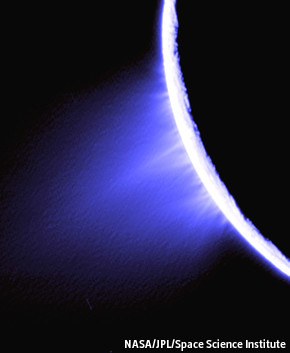 |
| The Crow Bee dusted in Sunflower pollen. Source: Sam Droege, UCGS. |
During the spring, summer, and fall most forager bees work themselves to death.
Foragers are typically weakened by three weeks of "backbreaking" labor. A weak bee will be eaten by predators — wasps love weak bees! — or find themselves unable to continue on a long flight, dying away from the hive. Bees rely on glycogen stores in their fat bodies to provide energy for their flight muscles. This is laid down during their larval and young adult life stages, but not continually added to at a sufficient rate when foraging. As a result, they 'run out of fuel' while foraging and become unable to fly. Death then occurs usually through a secondary medium (predation, hypothermia, starvation, etc.).
Bees which do not fly, such as the queen or overwintering bees, can have lifespans of months or years — and foraging bees, which have become flightless, can be made to fly again for extended periods when artificially provided with glycogen.
Plenty of bees die inside and around the hive, and caretaker bees will carry them out. However, depending on how hygienic the particular colony is, they may not carry them away from the hive. Plenty of hives have tons of dead bees on the ground around them and are perfectly healthy.
In beekeeping, the term 'Hygienic bees' is used to refer top particular traits of a colony, colonies or lineage, where the bees perform more hygienic actions. This predominantly refers to self-cleaning, in relation to
varroa. This often refers to certain stock that has originated in Russia, where bees had earliest exposure to varroa mites, and thus have had the longest to adapt to this parasite and begin to show 'hygienic' behaviors. However, in the most part it is something that has been selected for by bee breeders.
Bee hives on stands are more likely to leave dead bees lying around the outside of the hive but highly hygienic bees will carry the dead further away from the hive. (The primary source of disease transmission has little to do with how far the bees carry away the dead.)
If you want to explore just how truly beautiful bees can be, check out the high resolution images on the
National Geographic. There's also a cool article on why
honeycombs are hexagons.



